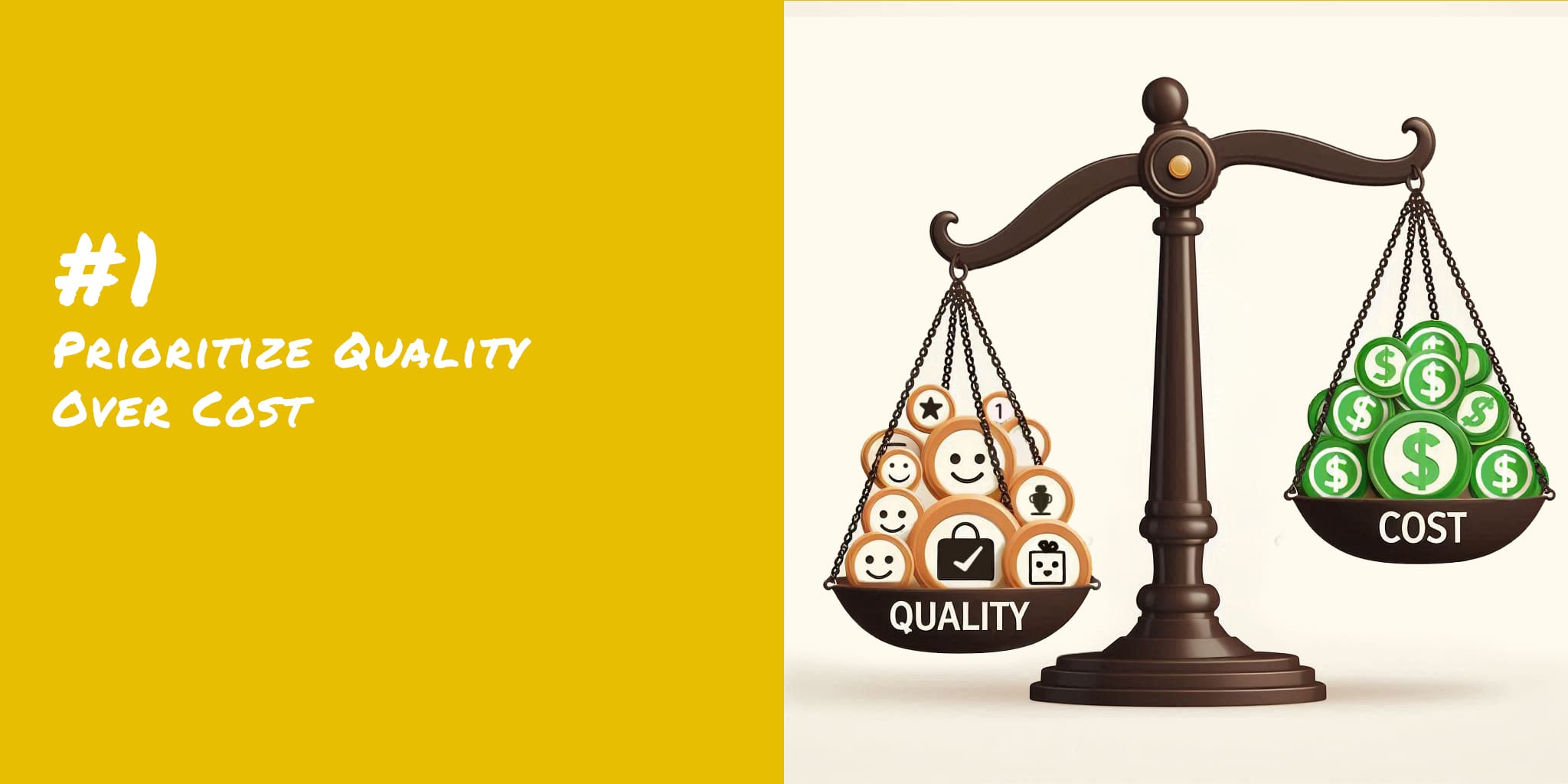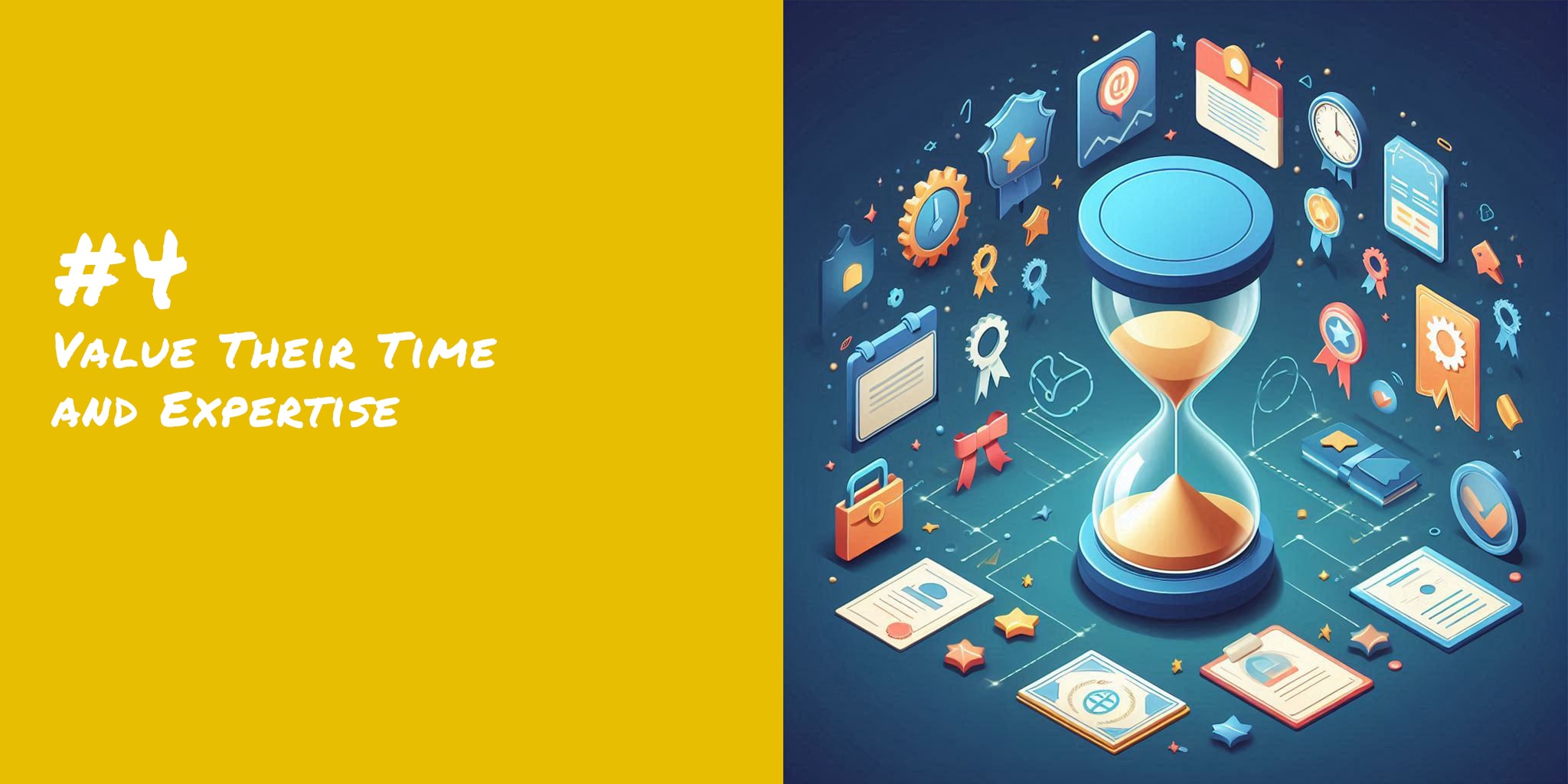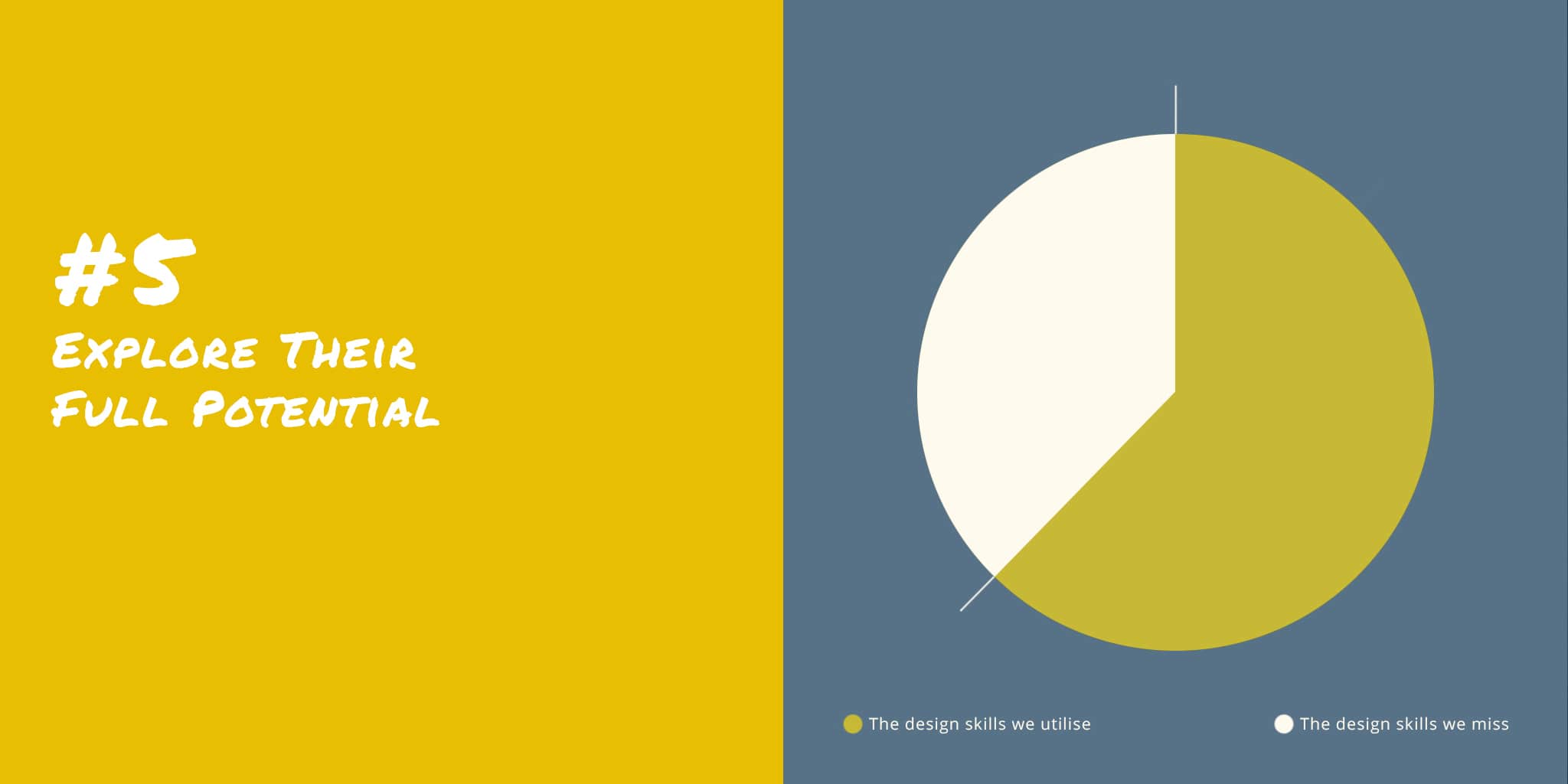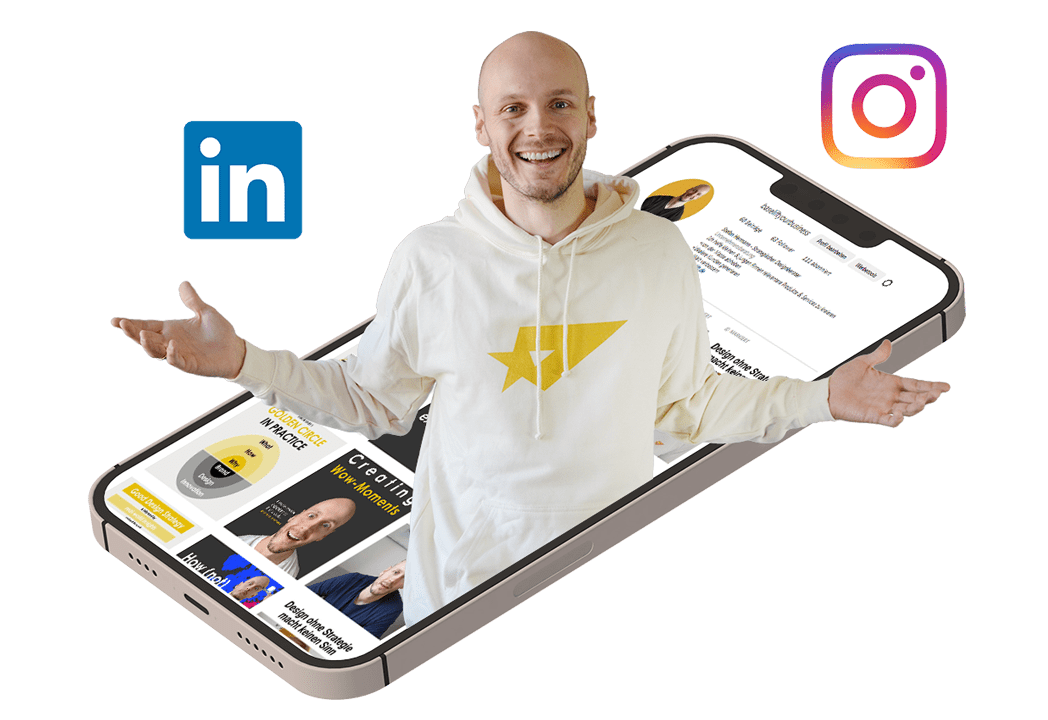How to get the most out of your freelance designers
Are you tapping into the full potential of freelance design talent? Is working with external designers a dream come true? Yes? Cool. Close the tap, go back to work.
Still here? Also cool. I am here to help.
As a seasoned freelance designer and consultant, I’ve seen firsthand how some companies know how to leverage freelance creatives to achieve great success, while others… well, let’s say, they mean well.
The truth is not every company can live the dream of having a full-fledged in-house design dream team. Many need the support of external partners. And that is fine. But…
..when you use freelance talent the wrong way, they often become little more than an expensive stopgap, delivering little more than OK solutions. Use them right, and they can be game-changers, providing ongoing value.
So whether you’re a startup looking to scale quickly, or an established business in need of specialist skills, here are five key strategies for maximising the benefits of working with freelance designers, and creating better solutions, faster, with less stress. Let’s dive in.
1. Prioritize Quality Over Cost

Are you tempted to choose the lowest bidder for your next project? Think twice. Sure, cheap design might look good on the surface, but it’s like putting lipstick on a pig—it might look prettier, but it’s still a pig. Cheap design often focuses solely on surface-level aesthetics, merely beautifying without addressing deeper customer and business needs.
In contrast, high-quality design not only enhances a solution’s visual appeal but also improves its usability, efficiency, and overall value by delving into its core functionality, streamlining business processes, and maximizing customer impact.
Investing in experienced, high-quality designers usually leads to superior outcomes and smoother collaborations. These professionals bring a wealth of knowledge and refined skills to the table, potentially saving you time and a lot of headaches down the road.
2. Co-create the Project Brief

Bringing designers in early isn’t just polite – it’s smart business. It’s like inviting the chef into the kitchen before you start burning the toast. When designers are part of the project briefing, it’s not just about sharing goals, scope, and expectations—it’s about setting everyone up for success.
Especially those seasoned freelance designers (the ones who have seen things), they bring a big-picture view that can help sharpen your ideas, spot potholes before you fall in, and even reduce the need for constant project babysitting. In short, less time managing, more time looking like a genius.
Plus, when you tap into a designer’s expertise from the get-go, you might just uncover insights or opportunities for value creation you hadn’t even thought about. It’s like bringing in a treasure map when all you have is a vague idea of digging somewhere near the X.
3. Provide a Comprehensive Brand Guide

Does your company have an up-to-date brand guide? Equipping freelancers with detailed information about your company’s identity and corporate design streamlines the design process and ensures consistency across all deliverables.
Your company’s identity encompasses who it aspires to be, what it believes in, its core values, and what it cares about. Corporate design elements include things like logos, colour schemes, fonts, form language, recurring shapes and tone of voice.
A well-prepared brand guide significantly reduces revisions and misunderstandings and drives up the quality of the results. If you don’t have a brand guide yet, consider making one—it’s not just handy for freelancers, but for anyone who needs to know what your company is all about.
4. Value Their Time and Expertise

Hire for expertise, then trust that expertise. Micromanaging a designer is like backseat driving in a Formula 1 race – it’s not helping, and someone’s probably going to crash. Give us space, and watch the magic happen.
The truth is, top-notch designers aren’t exactly chained to any one job or company. They’re free agents in the wild, picking and choosing where they want to work—and they definitely don’t stick around for clients who don’t respect their talent. Plus, a happy freelancer is more likely to go the extra mile for you.
5. Explore Their Full Potential

Are you fully aware of your freelance designer’s capabilities? Many designers possess a diverse range of skills beyond their primary focus, able to contribute more than just the initial project scope.
That graphic designer you hired for a logo? She might also be a UX research whiz or a brand management guru, meaning they can help you dive deep into user behavior and craft a brand experience that’s as consistent as your morning coffee routine. Meanwhile, that industrial designer? Hecould be sitting on a goldmine of sustainability knowledge, materials science, or engineering expertise—just the kind of stuff that can reduce your product’s environmental impact, streamline your manufacturing process, and maybe even launch the next big thing in innovation.
Take the time to uncover your freelancers full skill set, and you might just strike gold in unexpected places.
Conclusion
By putting these strategies into action, your company won’t just build stronger relationships with freelance designers—you’ll also save money in the long run, smooth out your processes, and get better results faster. It’s like upgrading from a clunky old bicycle to a sleek electric scooter—you’ll wonder why you didn’t do it sooner!


